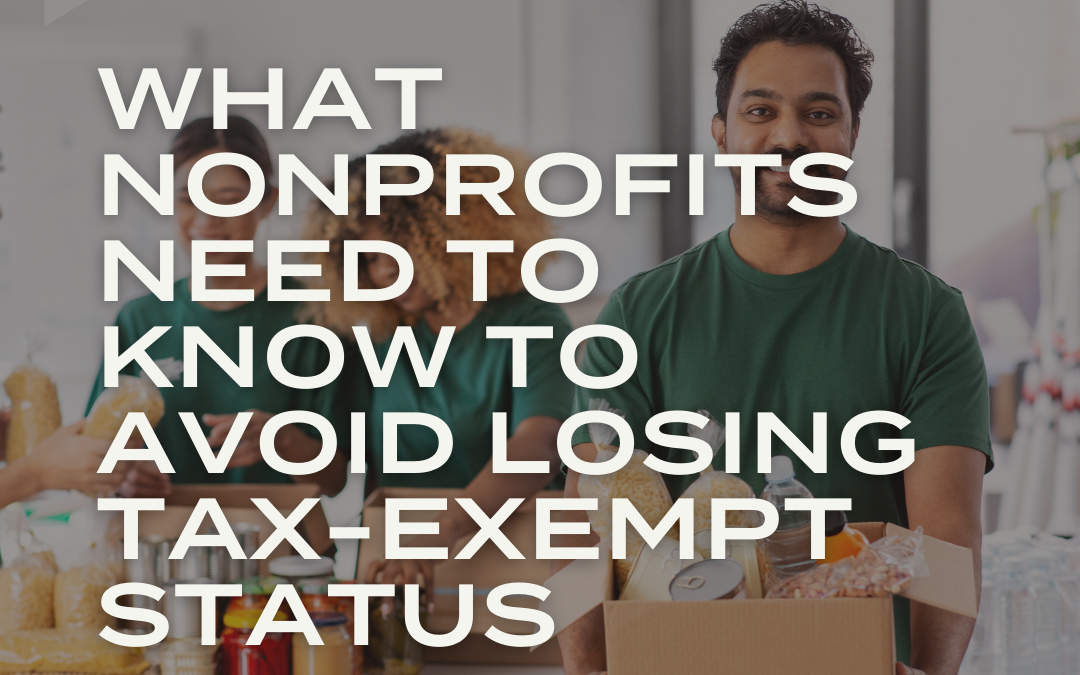The majority of tax-exempt organizations are required to file an annual return called a Form 990. Four different Form 990s are available for filing. The Form an organization should file depends on its financial activity.
Form 990-N
When an organization has annual gross receipts less than or equal to $50,000, it should file this Form 990-N. The Form 990-N is submitted as an electronic postcard which can be found at www.irs.gov. Although it is not required, organizations that fit into this category have the option to file a full Form 990 or 990-EZ if they choose instead of the Form 990-N. Private foundations, supporting organizations and section 527 organizations cannot file a Form 990-N regardless of their annual activity.
Form 990-EZ
Organizations with annual gross receipts less than $200,000 and total assets at the end of their tax year of less than $500,000 can file Form 990-EZ. They also have the option to file the full Form 990. Special rules apply to sponsoring organizations of donor-advised funds, Organizations that operate one or more hospital facilities, and Section 501(c)(29) nonprofit health insurance issuers; these organizations are required to file a full Form 990 regardless of the level of their receipts or assets.
Form 990
Form 990 must be used when an organization has annual gross receipts greater than $200,000 or total assets at the end of its tax year of greater than or equal to $500,000.
990-PF
990-PF is for all private foundations to file, regardless of their financial status.
A Few Considerations
State laws may also require charitable organizations to register and file separate annual reports. Also, if tax-exempt organizations generate unrelated business income, they may be required to file an additional Form 990 called a 990-T.
For additional information on these forms and which is the correct one for your organization to file, contact your Hawkins Ash CPAs professionals.





